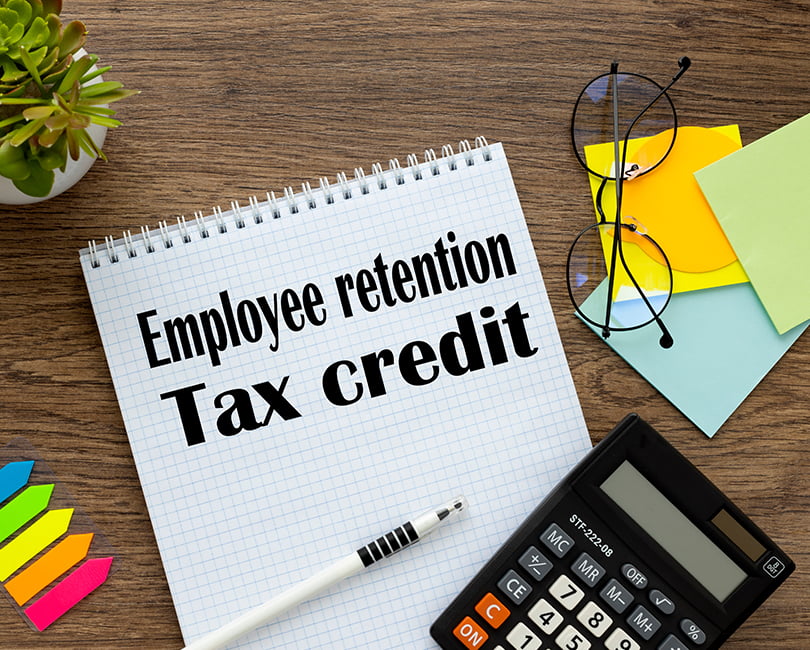The Pendulum Swing: Employee vs Employer Market

The workforce has experienced a seismic shift in recent years, mainly due to the pandemic and the accompanying fluctuations in the supply and demand of talent. As a result, the pendulum swing has headed dramatically toward an employee-led market, forcing employers to change their workforce philosophies and policies. During this time, organizations had to invest in technology to accommodate remote work, adjust wages to meet market demand, and intensify retention strategies to hold onto the talent they worked so hard to attract. These changes were not without consequences and ripple effects.
Five years ago, I wrote a blog about overextending ourselves to satisfy clients, resulting in employees having to manage and/or work towards potentially unrealistic expectations. While the intention is/was to go above and beyond to make clients happy, it can have the opposite effect on employees, reducing morale and engagement. It’s similar to the situation we currently face. While striving to meet employee market demands, we face the challenge of sustaining these new workplace preferences until the pendulum swings back to an employer-led market. The question is: When will an economic reset happen, and what will it look like?
Looking Ahead
As we look to the future, several factors come into play. Interest rates are expected to remain stable throughout 2024; industries continue to have more work than can be completed; the nature of work will continue to change with the advancement of AI and technology, and organizations will continue to face premium prices for wages and benefits.
Remote work is here to stay, but its flexibility can look different for every company. The beauty of remote is that it allows organizations and employees to have options. As we have done with culture, we have to find people who are a right fit for our organization, knowing the company’s philosophy on remote work. Doing so will always be a both/and scenario. We will have employees who prefer a traditional in-person office setting (with the flexibility to work from home when necessary), others who prefer a hybrid approach of split time between the office and home, and others who want to work exclusively from home. There is no right or wrong choice, and it’s the responsibility of leaders to position employees in an environment where they can thrive.
Succeeding in this evolving landscape will require a shift in mindset for leaders and require them to develop new skills for managing remote and hybrid teams effectively. Building strong relationships and fostering collaboration can be achieved virtually if leadership and employees are intentional about it. The feeling of connection between employees and their manager, peers, team, and organization reduces the likelihood they would look to work somewhere else (assuming their compensation and benefits are aligned with industry standards). Additionally, when organizations provide clarity to employees about what is expected of them, demonstrate the potential for personal and professional growth, and how their work impacts a project or larger initiative, they create the secret sauce for employee retention. It’s important to note that motivated employees naturally inspire others, and that is when the power of a team is unleashed.
Next Steps
The pendulum swing is cyclical, and it may only be in the latter part of 2024 or 2025 that we start to see it move back toward an employer-led market. However, even when it swings around, we will not go back to the way things were five years ago. We look forward to sharing additional insights and perspectives for handling the workforce dynamics in 2024 in our upcoming webinar.



